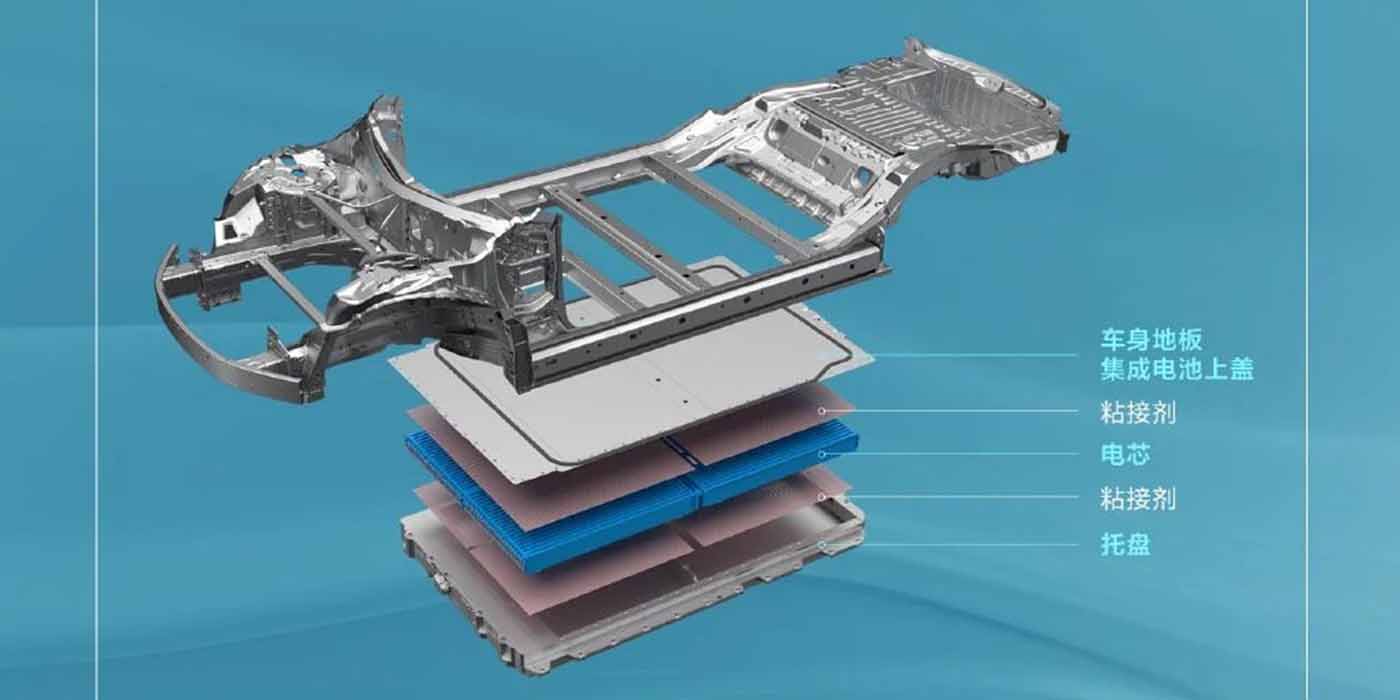2023 Tesla Model 3: BYD Seal begins pre-orders in China, starting under $32K, as a Tesla Model 3 competitor
Chinese automaker BYD Auto has officially started taking pre-orders for its long-teasing Seal sedan. The new EV model, anticipated by many to be a competitor to the Tesla Model 3, comes in four different trim models and will be the first from BYD to include its new cell-to-body (CTB) technology.
BYD Auto is a subsidiary of BYD Co. Ltd. and stands for “Build Your Dream.” The automotive division will celebrate its 20th anniversary next year as one of the largest auto manufacturers in China. In 2021 alone, BYD produced more than 320,000 BEV, second in the country after SAIC.
BYD Auto has been shipping electric vehicles since 2008 when a plug-in hybrid version of its F3 sedan debuted. Since then, BYD has found much success in PHEV as well as full electric vehicles for passengers as well as fleets including trucks and buses.
To support the next generation of EVs, BYD Auto is launching e-Platform 3.0 in 2021 – a compact and modular platform to power BEVs and PHEVs in the new Ocean Series vehicles. So far, the Dolphin subcompact is the only BEV shipped in the series, but the next Seal is following suit.
As part of a presentation outside of China from BYD Auto executives, we now find out about trim and price variations for the upcoming Seal sedan when pre-orders officially begin overseas.
Three of the four BYD Seal trims beat the lowest priced Tesla Model 3 Redesign 2023
While the public may have had a few glimpses of the Seal EV before today, BYD Auto has officially pulled the sheet of many of the specs consumers have been waiting for, including price. During a presentation shared on the company's Weibo page, BYD shared that the Seal will come in four trim levels available with varying specifications:
| BYD Seal Trim | Standard Range (Elite) | Standard Range (Premium) | Long Range | Performance |
| Powertrain | RWD | RWD | RWD | AWD |
| Range (CLTC) | 550 km (342 mi) | 550 km (342 mi) | 700 km (435 mi) | 650 km (404 mi) |
| Price | RMB 212,800 ($31,998) | RMB 225,800 ($33,953) | RMB 262,800 ($39,516) | RMB 289,800 ($43,576) |
Based on the price and specs above as well as the technology below, many are anticipating that the Seal will come as a direct competitor to the Model 3 . That's very likely to happen. As well as being longer, wider and having a greater wheelbase than the Model 3 (the Tesla is still taller), the BYD Seal has comparable reach. For example, the Standard RWD Model 3 has a CLTC range of 556 km (346 mi), while the Dual Motor Performance trim is 675 km (419 mi).
Tesla's cheapest EV wins in some ways, but not when you factor in the huge price difference compared to the Seal. For example, the 2023 Tesla Model 3 sedan is currently available in two variants in China – Standard and Performance, priced at RMB 279,900 ($42,088) and RMB 367,900 ($55,320, respectively).
As well as being one of the first BYD EVs to arrive on its e-Platform 3.0, Seal will be the first to feature the automaker's cell-to-body (CTB) solution, which allows for integrated batteries throughout the vehicle. body – a popular new EV design process.
According to BYD, the CTB design provides a 66% increase in battery pack volume utilization, a 50% increase in frontal collision structural safety, and a 100% increase in body torsional rigidity over conventional frame designs.
The battery pack itself uses BYD-fitted blade cells (which the same Tesla purchased) sandwiched between the top and bottom panels to create a honeycomb-like structure, adding more power during collisions. According to BYD, it's possible that the CTB structure "unbreakable during an accidental accident."
During the BYD presentation, there was no mention of battery capacity in the Seal model. However, CnEVPost points out that the automaker previously announced the standard range version of the Seal has a 61.44 kWh battery, and the long range and AWD performance versions use an 82.56 kWh package.
BYD hasn't shared when shipments of the Seal will begin in China, but with pre-orders opening, it's natural to expect customer EVs to arrive in the coming months.





Comments
Post a Comment